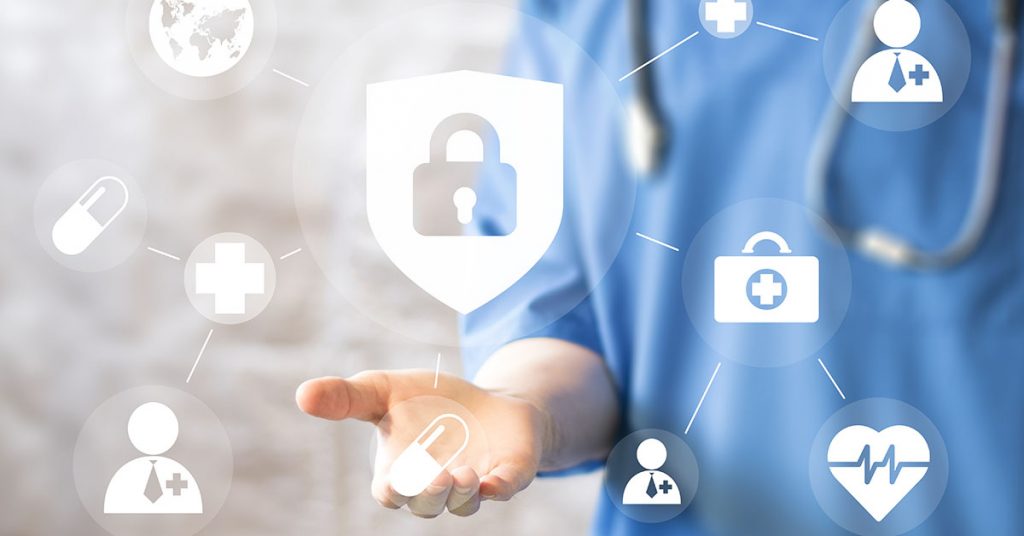Data security is a paramount concern in all sectors, but it holds particular significance in affordable medical transcription services due to the sensitive nature of healthcare information. As healthcare providers increasingly rely on transcription services to convert patient records into accurate documentation, ensuring robust data security measures becomes essential. Let’s explore the importance of data security in medical transcription and best practices to safeguard patient information.
Table of Contents
The Importance of Data Security in Medical Transcription
Secure medical transcription involves the conversion of dictated medical reports into written text, including patient diagnoses, treatments, and other sensitive information. This process requires handling confidential data that is protected by laws such as the Health Insurance Portability and Accountability Act (HIPAA) in the United States. Ensuring data security is crucial for several reasons:
Patient Confidentiality: Protecting patient confidentiality is a legal and ethical obligation for healthcare providers. Unauthorised access to patient information can lead to privacy breaches and legal repercussions.
Trust and Reputation: Maintaining data security enhances patient trust and preserves the reputation of healthcare organisations. Patients expect their medical information to be handled with the utmost confidentiality and care.
Compliance: Healthcare providers must comply with regulations like HIPAA, which mandate stringent standards for safeguarding Protected Health Information (PHI). Failure to comply can result in fines, penalties, and damage to reputation.
Best Practices for Data Security in Medical Transcription
Implementing comprehensive data security measures is essential to mitigate risks and protect patient information. Here are some best practices to ensure data security in medical transcription:
1. Encryption of Data
Ensure that all transmitted and stored medical transcription data is encrypted. Encryption scrambles data into an unreadable format, making it accessible only to authorised parties with decryption keys. Use strong encryption protocols (e.g., AES-256) for both data in transit (e.g., during file transfer) and data at rest (e.g., stored on servers).
2. Access Control
Implement strict access control policies to limit who can access patient information. Use role-based access controls (RBAC) to ensure that only authorised personnel have access to specific patient records based on their job responsibilities. Regularly review and update access permissions as personnel changes occur.
3. Secure Transmission
Use secure channels and protocols for transmitting medical transcription files. Secure File Transfer Protocol (SFTP), Virtual Private Networks (VPNs), or secure cloud storage services with built-in encryption are recommended methods for transmitting sensitive data securely over the internet.
4. Employee Training and Awareness
Educate employees, including transcriptionists and administrative staff, on data security best practices and HIPAA regulations. Conduct regular training sessions to raise awareness about phishing scams, malware threats, and the importance of safeguarding patient information. Encourage a culture of vigilance and accountability regarding data security.
5. Data Backup and Disaster Recovery
Maintain regular backups of medical transcription data to ensure data availability and integrity in the event of data loss or system failures. Implement a disaster recovery plan that includes data backup procedures, data restoration protocols, and testing of backup systems regularly.
6. Secure Disposal of Data
Develop policies and procedures for the secure disposal of PHI and other sensitive information. Use methods such as shredding or electronic wiping to ensure that physical and digital records are irreversibly destroyed when no longer needed.
Conclusion
Ensuring data security in medical transcription is not just a legal obligation but a critical component of maintaining patient trust and safeguarding sensitive information. By implementing robust data security measures, healthcare providers can mitigate risks, comply with regulatory requirements, and uphold the highest standards of patient confidentiality. Investing in data security enhances organisational resilience and demonstrates a commitment to protecting patient privacy in an increasingly digital healthcare environment.

